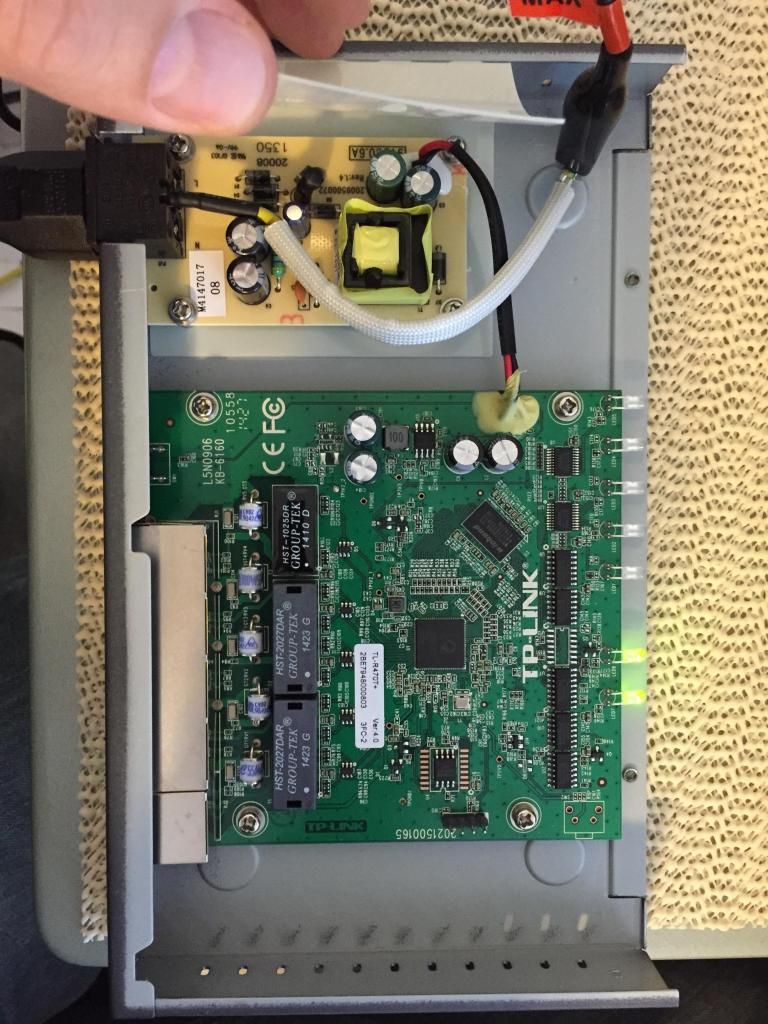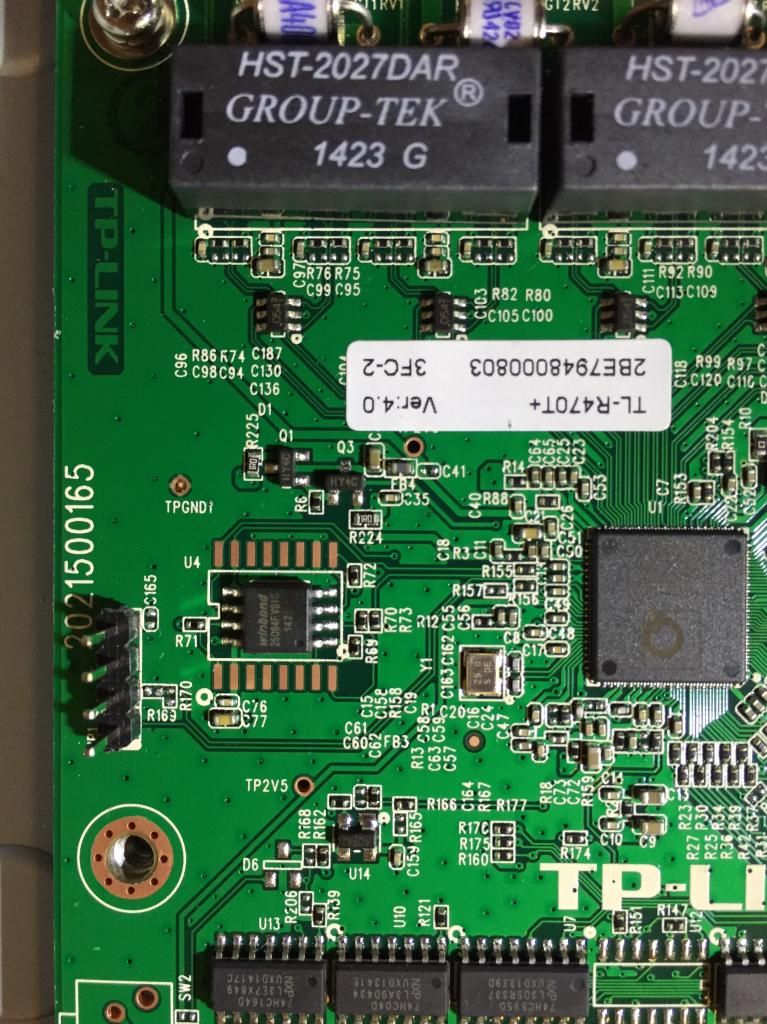It looks like your RX (Presumably) line dies at R157, take a look at that.
Other than that, i really recommend you to get a 3,3v capable UART converter, as the underlying logic at the processor is probably 1,8v / 2,5v mixed, and then scaled to 3v3.
It is my experience that those things don't like 5V signalling, nor resistor-dividers, as they tend to make the edges of the signals "rounder.
Bottomline: there are already enough cows in that bus, get a trustable UART on your side of it.
I used to have the MAX232 homebrew thing, never let me off hand, until i switched to a RS232-less PC.
Then i needed a USB-UART thing, and none ever worked as they should.
Get an original FTDI one, most others have buggy drivers, or are chinese scam 8081.
don't even bother if you have one that has the chip-on-board with that epoxy blob. those make you scratch your head more often than actually communicate.
Slightly off-topic: I was thinking of getting one of those things [r470+/r480+] to play with, but i got a shipment of rb750's, and for $40 they do kinda make hell freeze over (if you just want the routing, not the troughpout).
How bad is the factory firmware? Does that load-ballancing thing work propperly?
As a paperweight, is it usefull enough having, or it is too-light even to be a paperweight?
Edit:
Can you try to take a Hi-Res picture from the traces between the CPU and the headers?
Taking a look at the bottom of the PCB might prove usefull.
(Last edited by carrapato on 29 Oct 2014, 03:56)


